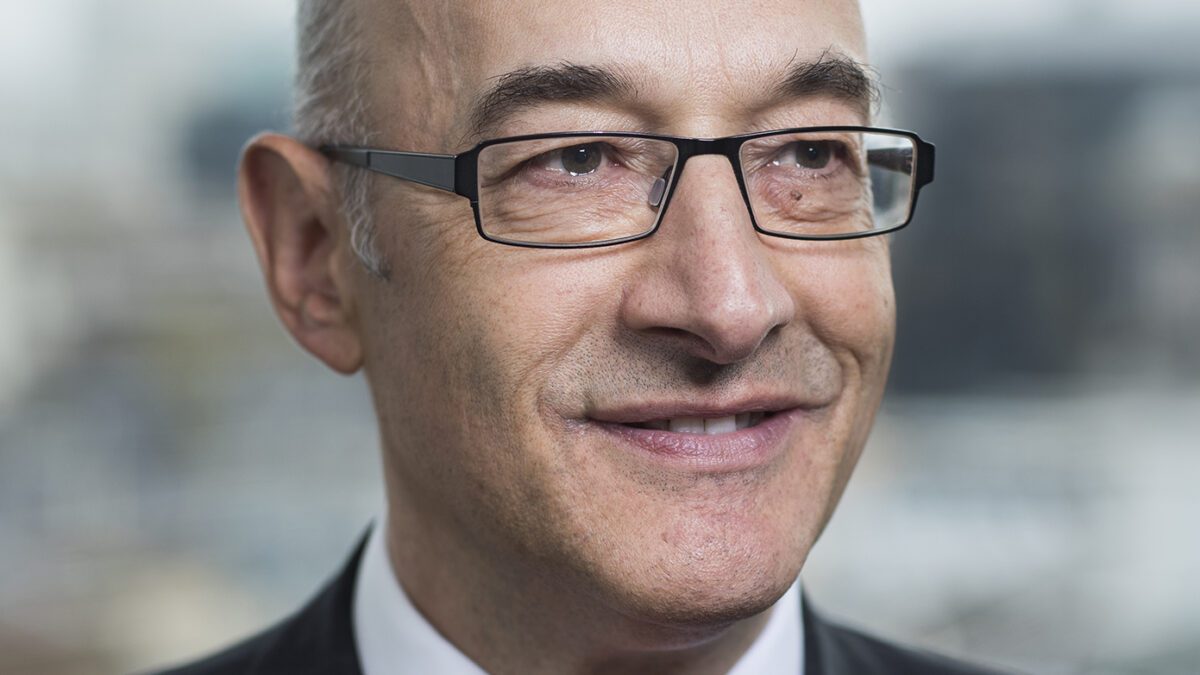Howard Beach looks at the real estate market in the light of global inflation, recession worries, and the possibility of a second referendum weighing on investor sentiment.
RETAIL
The pandemic lockdown restrictions, combined with the increase in people working from home, accelerated what was already an established trend away from high streets to out-of-town retail (with easy and free car-parking), as well as online. This was further exacerbated by the de-parture of destination retailers, such as Marks & Spencer, from the high street and the collapse of Deben-hams – there needs to be a reason for people to visit a town centre.
Many market towns such as Kirkcaldy, Ayr, and Kilmarnock are home to an array of high street shops and town centre malls that had to be vacated following the pandemic and, for the most part, will never be reoccupied as shops. Despite much talk of converting retail facilities into residential dwell-ings, this is not as straightforward or financially viable as it may seem.
Hospitality and service occupiers – seen by many as the answer to empty shops – are now faced with reduced consumer spending on non-essential items as cost-of-living increases bite.
Suburban locations in Glasgow – west end and south side – and Edinburgh, and other large city centres are holding up much better, being anchored around neighbourhood food stores and local restaurants.
Property is a business that needs to be actively managed. It is no lon-ger a case of buy, issue rent demands, wait for rent reviews and sell on at a profit – the landlord/tenant relation-ship is a continuing dialogue.
We have seen retail rents halved in some locations and investors from south of the Border will often be reluctant to look beyond Buchanan Street in Glasgow and George Street in Edinburgh, and then only provided pricing reflects the true rental values. Princes Street is generally considered to be a shadow of its former self.
OFFICES
With the uptake of hybrid working and working from home, businesses continue to review their occupational strategies, while a lack of prime office space continues to put upward pressure on rents.
Take-up for Glasgow offices increased by half from Q1 to Q2 this year, over a quarter of which was for new Grade A space, which continues the market occupier trend for flight to quality.
On completion of a number of new-build deals currently under offer, the critically low supply of new-build space will be further exacerbated. At the smaller end of the supply spectrum, the market is witnessing an increasing number of occupiers searching for fully-fitted Grade A plus space on flexible leasing patterns. This reflects the ongoing evolution of the post-pandemic office market.
Offices are the subject of less demand overall but that conceals the difference between dated, energy-inefficient buildings in secondary and out-of-town locations as against ‘green’ buildings in good city centre locations – such as Cadworks, located in the centre of Glasgow. The latter are in demand and attract-ing premium rents. The net effect is that many office buildings have an inherent upgrade liability which landlords need to address.
In Aberdeen, although the office market continues to improve and sentiment within the energy sector remains very positive, take up from an impressive Q1 has dropped significantly in Q2. However, it still shows a marked improvement on Q2 last year. At the half-year stage, take-up is more than 450 per cent up on the equivalent period in 2021, and it is anticipated the market will continue to strengthen as the year progresses.
LEISURE
Despite difficulties experienced during the pandemic, the leisure property market has been bouncing back throughout 2022. This has been thanks to international travel opening up allowing for an increase in oversees visitors, a surge in stay-cations across the country spurred on by promotional campaigns from organisations such as VisitScotland, as well as hybrid working which has allowed more time for leisure. Amongst our clients, leisure operators are finding there is good value to be had and have secured several hotels and high-profile restaurants at attractive prices.
The energy crisis has the potential to be deeply damaging to business, however, and a solution urgently needs to be found.
INDUSTRIAL
It is thought demand will remain relatively robust over the foreseeable future but we should not ignore the halting of demand for new space from Amazon and the impact of falling values in the south, the influence from which can be expected north of the Border before long.
Despite having passed its peak, the industrial market has remained strong in west central Scotland, with good rental growth throughout and little vacancy. The supply chain of newbuild product or good quality stock remains limited.
In Aberdeen, the industrial market seems to be in a more positive place due to the oil price being more than $100 per barrel. The average deal size has increased and there are a number of larger active requirements in the market. There are grounds for optimism for the rest of 2022 and early 2023.
In conclusion, there remains strong investment interest in all as-sets where they are best-in-class or with good value-add opportunities. Despite a thinning of the market for investment acquisitions, and the funding challenges being faced, the current market will continue to provide opportunities for those genuine buyers finding less competition for affordable assets. We see international investors believing in the fundamentals of the UK market. Given the multi-faceted turmoil in the UK, we expect to see further weakening of GBP which, alongside an anticipated softening of prime yields, should create further investment opportunities.



